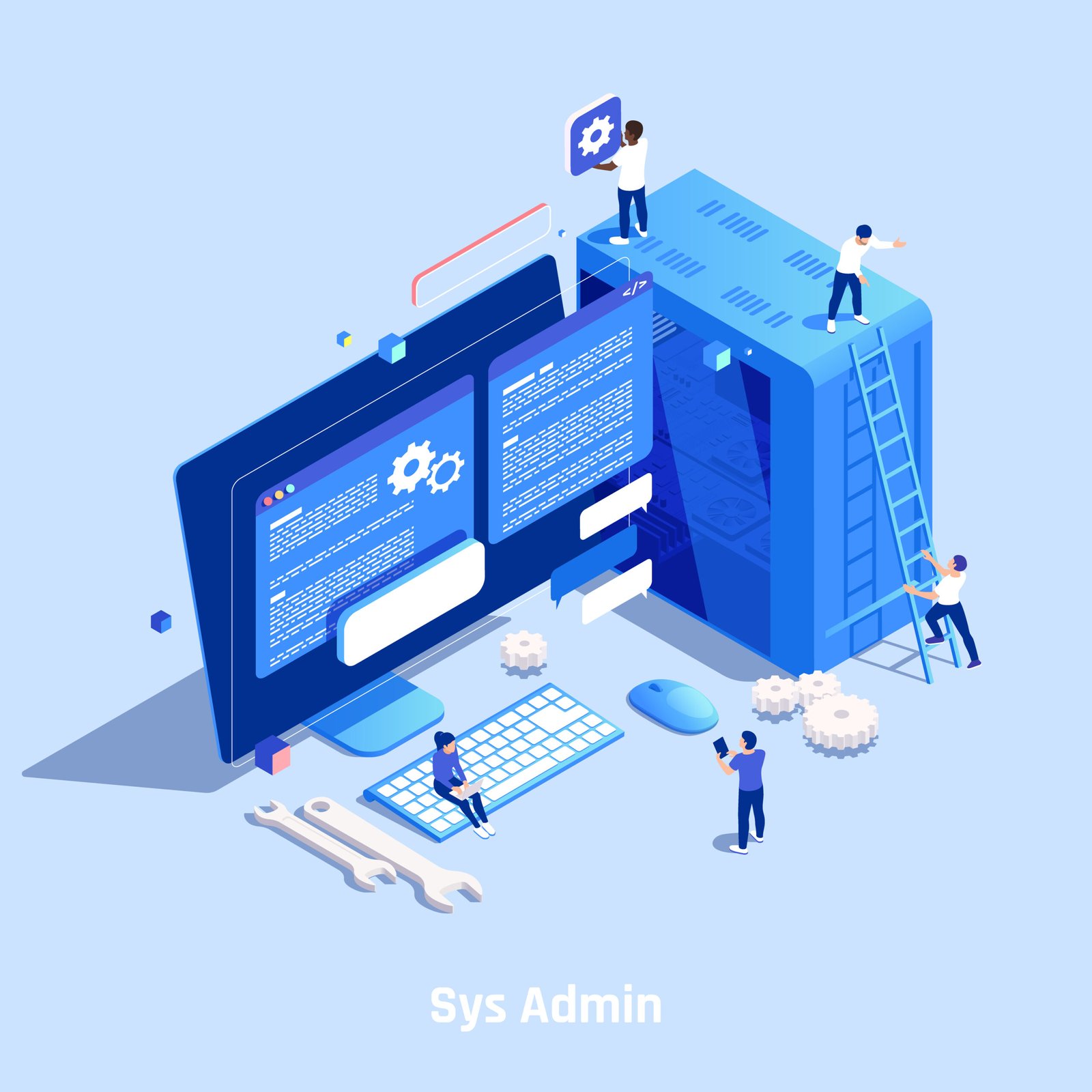SaaS management platforms : Understanding
SaaS management platforms are online tools designed to assist companies in managing and optimising their utilization of various SaaS applications. These platforms offer a centralised interface through which users can access multiple SaaS applications, simplifying the management and coordination of data workflows within an organization.
The global SaaS market was valued at approximately $237 billion in 2022, as reported by Fortune Business Insights. It is anticipated to demonstrate a compound annual growth rate of 18.7%, reaching around $908 billion by 2030. In 2022, North America accounted for about $105 billion of this market, indicating the growing popularity of solutions like SaaS management platforms.
Corporate executives, managers, and Chief Information Officers (CIOs) favor these workflow management software solutions because of their diverse functionalities, including user access control, license management, and security monitoring. These features ensure that companies maximize the benefits of their SaaS investments while upholding security standards.
Various SaaS integration tools are available, each catering to different types of businesses. While some tools focus on enhancing team collaboration, others specialize in data analytics.
Benefits of SaaS integration.

Integrating SaaS applications into an organization’s data workflow offers numerous advantages, including:
- Enhanced efficiency: A centralized dashboard for accessing and managing various SaaS platforms saves time and effort, boosting overall efficiency.
- Cost-effectiveness: Consolidating multiple SaaS applications into a single platform eliminates the need for separate subscription fees, leading to cost savings.
- Improved insights and analytics: By aggregating data from different SaaS applications, these platforms provide valuable insights and analytics to support better decision-making.
- Scalability: SaaS integration tools are scalable, allowing organisations to manage larger volumes of data as they grow and expand.
Challenges in DATA Management

These benefits underscore the importance of streamlining data workflows through SaaS management platforms, which can unlock additional advantages for businesses.
Managing information workflows can be a challenging and time-consuming task for enterprises, yet it is essential for business operations as it can streamline processes and automate routine tasks. However, several common issues can arise when it comes to content management:
- Lack of coordination and collaboration: Effective data organization often requires collaboration among multiple teams and departments. Without the right tools for coordination and collaboration, organizations may face data silos and inefficient workflows.
- Manual data entry and processing: Traditional methods of managing data can be error-prone and lead to delays in processing.
- Inadequate security measures: With the increasing frequency of cyber breaches, businesses must ensure they have strong security measures in place to protect sensitive information.
- Difficulty managing multiple SaaS applications: As businesses rely more on various SaaS programs for different functions, keeping track of these tools can be challenging and time-consuming.
- Resource constraints: Smaller businesses may struggle to invest in expensive tools or hire dedicated personnel to manage their systems, making it challenging to remain competitive and efficient.
- Limited integration capabilities: Many SaaS programs have limited or no integration capabilities, making it challenging to connect different tools.
Recognizing these challenges underscores the importance of modern corporations embracing SaaS solutions integration to modernise their systems.
How SaaS integration can help?
SaaS management platforms provide various features that tackle the aforementioned challenges, streamlining company data workflows. Here’s how they can be beneficial:
Automating the manual processes
Automating manual processes through SaaS integration is a key benefit that helps reduce errors and save time. For instance, instead of manually transferring data between different SaaS programs, integration enables automatic data transfer and processing.
By automating manual tasks and organizing information, SaaS integration helps businesses save time and resources. According to the International Federation of Robotics (IFR), 70% of employees believe that automation will provide the opportunity to qualify for higher-skilled work, leading to higher pay. This trend is particularly notable in smaller businesses, which can allocate more resources to hiring dedicated personnel proficient in using automation tools.
Improving the security measures
To ensure the security of sensitive business information, it’s crucial to incorporate robust security measures such as encryption and access controls into your company’s data workflows. Implementing these programs also helps ensure compliance with data privacy regulations such as the General Data Protection Regulation (GDPR), which safeguards consumer privacy. Failing to protect your company’s data can leave your organization vulnerable to cyber attacks and expensive data breaches.
Efficient Management of Multiple SaaS Applications
Utilizing a centralized dashboard allows organizations to effectively manage their array of SaaS applications in a single location, eliminating the need to navigate between different tools. For instance, marketing teams can conveniently access both their email marketing and social media management tools from one platform and analyze data from both sources simultaneously.
Integrating these applications into your workflow can result in heightened productivity, enhanced collaboration among team members, and minimized human errors stemming from a lack of visibility.
Positive Impact on Employee Well-being
Streamlining data workflows not only enhances organizational procedures but also positively impacts employees. Through task automation and simplification, employees can focus on more critical aspects of their roles, leading to increased job satisfaction and a reduction in burnout cases. Burnout can have serious long-term effects on employees, underscoring the importance of prioritizing their well-being.
These examples illustrate how SaaS integration and management platforms can assist companies in modernizing their processes. By addressing common challenges and providing various benefits, these solutions have become indispensable for corporations striving to maintain competitiveness in the digital era.
SaaS integration for future
With the increasing reliance on remote work and digital tools, the use of SaaS management platforms is expected to rise. According to BetterCloud’s 2020 State of SaaSOps report, it is projected that 85% of business applications will be SaaS-based by 2025.
Furthermore, as technology progresses, we anticipate seeing more innovative features and capabilities integrated into these platforms, such as artificial intelligence and machine learning, enhancing their value to organizations. Therefore, it is evident that SaaS management platforms will play a crucial role in the future of work.
Companies must select the right solution for their needs to fully leverage the benefits of SaaS integration and management platforms. With a plethora of options available, factors such as integration capabilities, security measures, and cost should be carefully considered when choosing a platform. By investing in the appropriate SaaS management platform, businesses can create an improved working environment and propel themselves toward success in the digital age.

- The SaaS Market: Revenue in the SaaS market reached $258.6 billion in 2023 and is projected to increase to $282.2 billion in 2024 (Statista Market Insights, 2023).
- SaaS Companies: As of January 2024, the largest SaaS company on the U.S. Stock Exchange was Adobe, with a $276.4 billion market cap (Mike Sonders, 2024).
- SaaS Churn Rate: The average annual churn rate of SaaS companies was 5.2% as of January 2024 (First Page Sage, 2024).
- Business Efficiency: SaaS-powered workplaces were about 30% more efficient than other types in 2022 (Better Cloud, 2023).
- SaaS and AI: Machine learning (ML) and AI experienced 85% growth in Q3 2023 c0mpared with Q3 2022 (Vendr, 2023).
Source: The source for the above data is here – click
Pantheon DIgital
www.pantheondigitals.com
What is a SaaS management platform, and how does it work?
A SaaS management platform is a software solution that helps organizations manage and optimize their use of SaaS applications. It works by providing a centralized dashboard where users can access and manage multiple SaaS applications, track usage and spending, and ensure compliance with policies and regulations.
What are the key benefits of using a SaaS management platform?
Some key benefits of using a SaaS management platform include increased efficiency and productivity, cost savings through better license management, improved security and compliance, and enhanced visibility and control over SaaS usage within an organization.
How can a SaaS management platform help with security and compliance?
SaaS management platforms can help improve security and compliance by providing tools for managing user access and permissions, monitoring for potential security risks, and ensuring that SaaS applications comply with relevant regulations and standards.
What features should I look for in a SaaS management platform?
When choosing a SaaS management platform, it’s important to look for features such as application discovery, usage analytics, cost optimization tools, integration capabilities, and security features like encryption and access controls.

